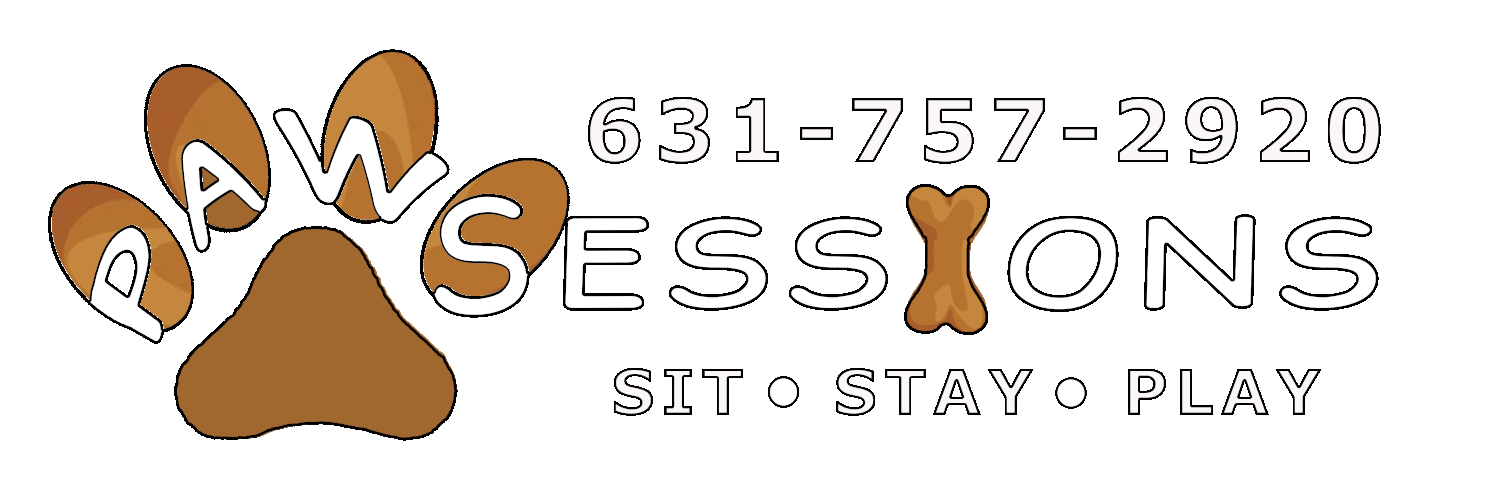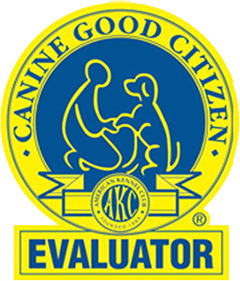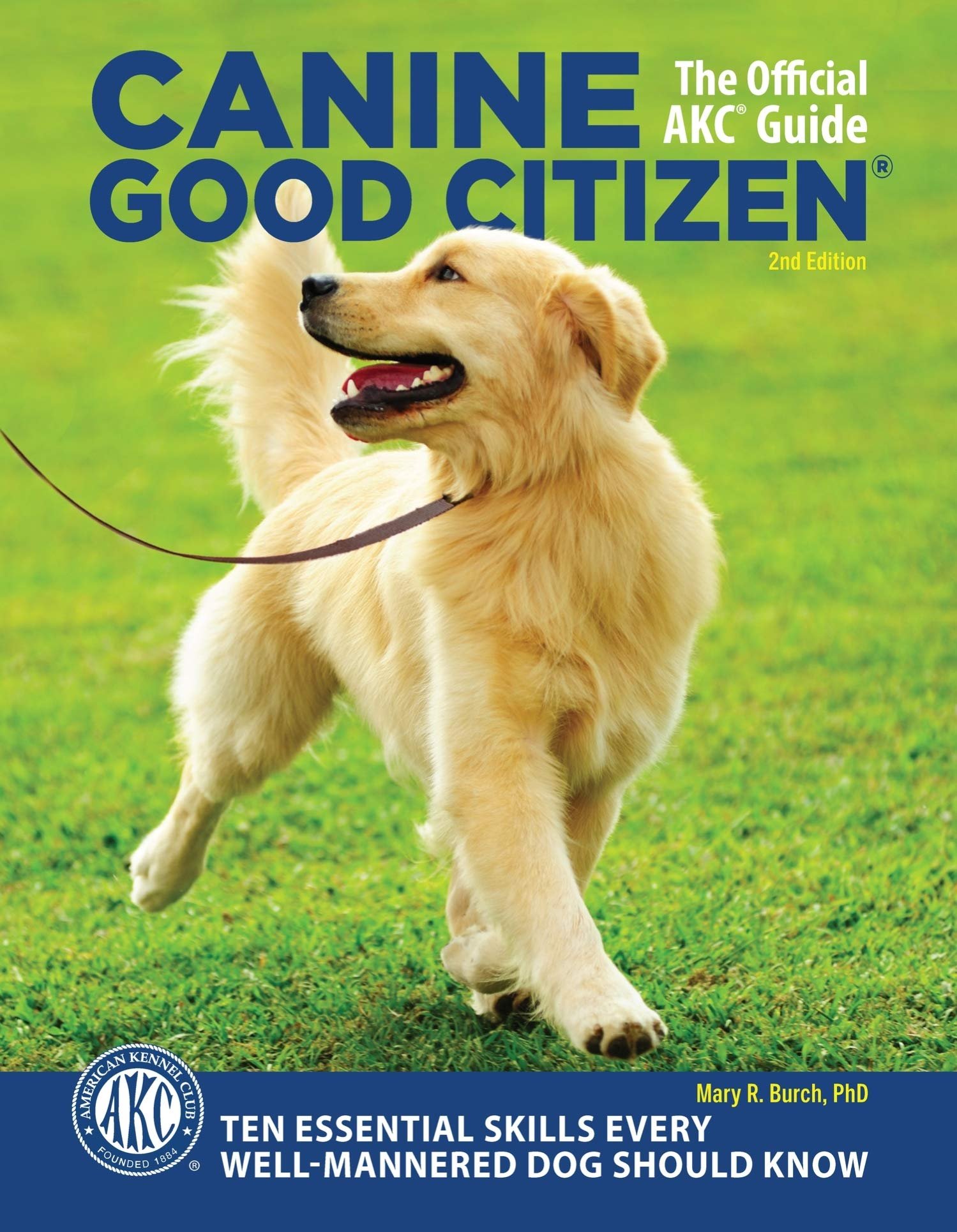Laurie Russo AKC CGC Evaluator #103941
AKC CGC (Canine Good Citizen) Classes
Please note our CANCELLATION POLICY
CGC is a ten-skill training program that’s open to all dogs-purebred and mixed breed-that focuses on teaching the basic of good manners and obedience, instilling the values of responsible ownership, and strengthening the bond between you and your dog at home and out in the community. Must Have beginner obedience skills.
The pre-requisite for this class is a Beginner Class. It builds upon the fundamentals of the training and allows the owner and dog to practice similar exercises in a group setting in anticipation of completing the requirements of the AKC Canine Good Citizen test. Even if you choose not to take the CGC test. This class will give you continued insight into teaching your dog the good manners to be in public situations.
Passing the CGC test is a great way to demonstrate that a dog is well-behaved and a credit to its breed or mix and owner, also it is an important step for therapy and service dogs as it shows that the dog is well-trained and able to behave appropriately in different environments. CGC is a requirement for all Therapy dogs but not Service Animals.
The Canine Good Citizen (CGC) test is a program developed by the American Kennel Club (AKC). The CGC test consists of 10 items that evaluate a dog’s ability to behave well in different situations.
-
This test demonstrates that the dog will allow a friendly stranger to approach it and speak to the handler in a natural, everyday situation. *The evaluator walks up to the dog and handler and greets the handler in a friendly manner, ignoring the dog. The evaluator and handler shake hands and exchange pleasantries.
-
This test demonstrates that the dog will allow a friendly stranger to touch it while it is out with its handler. *To begin, the dog should be sitting at the handler's side, the evaluator pets the dog on the head and body. -The dog may stand in place as it is petted. The dog must not show shyness or resentment.
-
This practical test demonstrates that the dog will welcome being groomed and examined and will permit someone, such as a veterinarian, groomer or friend of the owner, to do so. It also demonstrates the owner's care, concern and sense of responsibility. *The evaluator inspects the dog to determine if it is clean and groomed.
-The dog must appear to be in healthy condition (i.e., proper weight, clean, healthy and alert). *The evaluator softly combs or brushes the dog, and in a natural manner, lightly examines the ears and gently picks up each front foot.
It is not necessary for the dog to hold a specific position during the examination.
-
This test demonstrates that the handler is in control of the dog. *The evaluator may use a pre-plotted course or may direct the handler/dog team by issuing instructions or commands. In either case, there should be a right turn, left turn, and an about turn with at least one stop in between and another at the end. -The dog may be on either side of the handler. The dog's position should leave no doubt that the dog is attentive to the handler and is responding to the handler's movements and changes of direction. The dog need not be perfectly aligned with the handler and need not sit when the handler stops.
-
This test demonstrates that the dog can move about politely in pedestrian traffic and is under control in public places. *The dog and handler walk around and pass close to several people. -The dog may show some interest in the strangers but should continue to walk with the handler, without evidence of over-exuberance, shyness or resentment. The dog should not jump on people in the crowd or strain on the leash.
-
This test demonstrates that the dog has training, will respond to the handler's commands to sit and down and will remain in the place commanded by the handler (sit or down position, whichever the handler prefers). *First, the dog must do a “sit” and “down” on command.
-The handler may take a reasonable amount of time and use more than one command to get the dog to sit and then down. -The handler may not force the dog into position but may touch the dog to offer gentle guidance. -Handler may not pull on the dog’s front legs to slide the dog into a downed position.
*Next, the dog's leash is replaced with a line 20 feet long (supplied by the evaluator). Owner chooses the position for leaving the dog in the stay (can be a sit, stand or down stay). When instructed by the evaluator, the handler tells the dog to stay and walks forward the length of the line, turns and returns to the dog at a natural pace. -The dog must remain in the place in which it was left (it may change position) until the evaluator instructs the handler to release the dog. The dog may be released from the front or the side.
-
This test demonstrates that the dog will come when called by the handler. *Using a supplied line attached to the dog’s collar, the handler will walk 10 feet from the dog, turn to face the dog, and call the dog. -Handlers may choose to tell dogs to "stay" or "wait" or they may simply walk away, giving no instructions to the dog.
-
This test demonstrates that the dog can behave politely around other dogs. *Two handlers and their dogs approach each other from a distance of about 20 feet, stop, shake hands and exchange pleasantries, then continue on. -The dog being tested should not try to go towards the other dog or handler. It should show no more than casual interest in the other dog or handler.
-
This test demonstrates that the dog is confident at all times when faced with common distracting situations. *The evaluator will select and present two distractions – one visual, one auditory.
Examples of distractions include dropping a chair, keys, or a pan, rolling a crate dolly past the dog, having a jogger run in front of the dog, or dropping a crutch or cane. -The dog may express natural interest and curiosity and/or may appear slightly startled but should not panic, try to run away, show aggressiveness, or bark.
-
This test demonstrates that a dog can be left with a trusted person, if necessary, and will maintain training and good manners. *A test helper or the evaluator will to say something to the handler like, "Would you like me to watch your dog?" and then take hold of the dog's leash. *The owner will go out of sight for three minutes.
-The dog does not have to stay in position but should not continually bark, whine, or pace unnecessarily, or show anything stronger than mild agitation or nervousness.
Introduction to AKC Canine Good Citizen test
We also offer classes for CGCA (Canine Good Citizen Advanced) and CGCU/Urban Public Access Test.
Please visit the AKC for more info on these requirements and what they mean for you and your dog!
AKC CGCA (Advanced)
AKC CGCU (Public Access)


